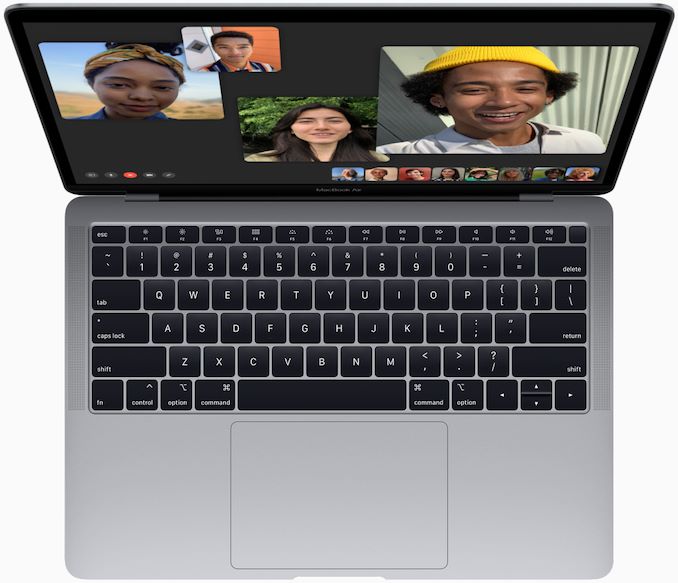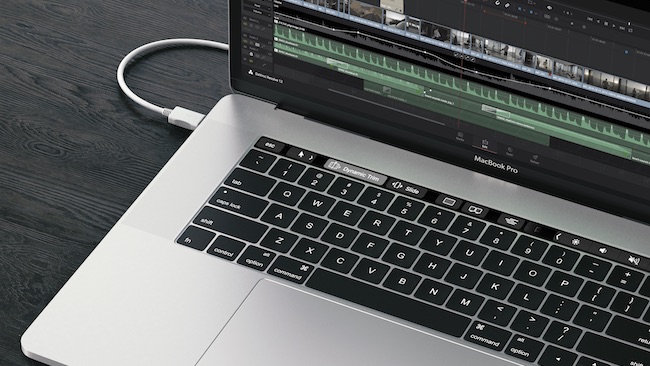

the kext files), based on a cursory look.We have been investigating the use of Serato DJ with Macbook Pro models and have noticed issues around variants with the Touchbar while using Serato primary hardware that is NOT class compliant (requires specific, manufacturer drivers).
#Restart touchbar driver#
I have not found a way to disable the Touch Bar at the driver level (i.e. Remap each key to VK_none to make them do nothing. For each button, press it in EventViewer then add it to Karabiner-Elements as shown by the arrow. The first four buttons need to be added manually via key detection by Karabiner-EventViewer ( Karabiner-Elements menu bar > EventViewer). The last four buttons are listed under Media controls list by default. In Simple modifications tab, this is what it looks like to disable all the above 8 keys:

Make sure your Touch Bar device is ticked under Devices tab for what it can modify. My example is the 2019 16-inch MacBook Pro (physical Esc key) so it has 8 default irremovable buttons:
#Restart touchbar how to#
I haven't tried doing so, but it should be fairly straightforward.Īs part of disabling the Touch Bar as much as possible on the Mac, here is how to prevent the default Touch Bar buttons on your lock screen / login screen from being able to do anything, if you accidentally press them. You can always run a little script at the login that finds the PID number and runs the kill -STOP command. So you will need to kill -STOP the process again. One of the problems (potentially many) of my solution is that whenever you restart your computer, the touch bar will be enabled again. If you need to turn the touch bar on again, you can always type kill -CONT pidnum. That is, System Preferences > Keyboard > Modifier Keys, and change accordingly. Since my 'esc' button is in the damn touch bar, I also changed my keyboard settings to use my 'caps lock' as 'esc' button.Alternatively, one can also use: killall -STOP "ControlStrip" This will suspend the touch bar, which will now become unresponsive. Open the terminal and type kill -STOP pidnum.Find the touch app process in the "Activity Monitor", in my case named "Control Strip".The way I solved the issue was less gentle than some of the options suggested here (but I didn't want to download a new app to deal with the touch bar): While changing the Touch Bar options to "Expanded Control Strip" gave me the option to empty it, the 'esc' button was still there, randomly being pressed and driving me insane. Restarting the computer or killing the process did not solve the problem. My Touch Bar was going cuckoo, and it would randomly press the buttons in it for no reason.

The ones I used were measured with a caliper. And if eventually in some future I might have the need for that touch bar I can pull the cover off and store it aside.įor another MBP (elder one or different size) you need to adapt the sizes. You can rest your fingers on the strip and to actually press a key you need some explicit force inside the holes. For now this thingy converts that nonsense-bar into something more like a "keyboard". It fits snugly (at least for the over-extrusion my DIY Prusa creates). This is a cover for the touch bar you can create with OpenSCAD. Translate() RoundRect(w, d, h+1, 2) įor (x = ) translate() RoundRect(holeW, d-6, h+1, 1) For my 2019 16" MBP I ended up with this: $fn = 20


 0 kommentar(er)
0 kommentar(er)
